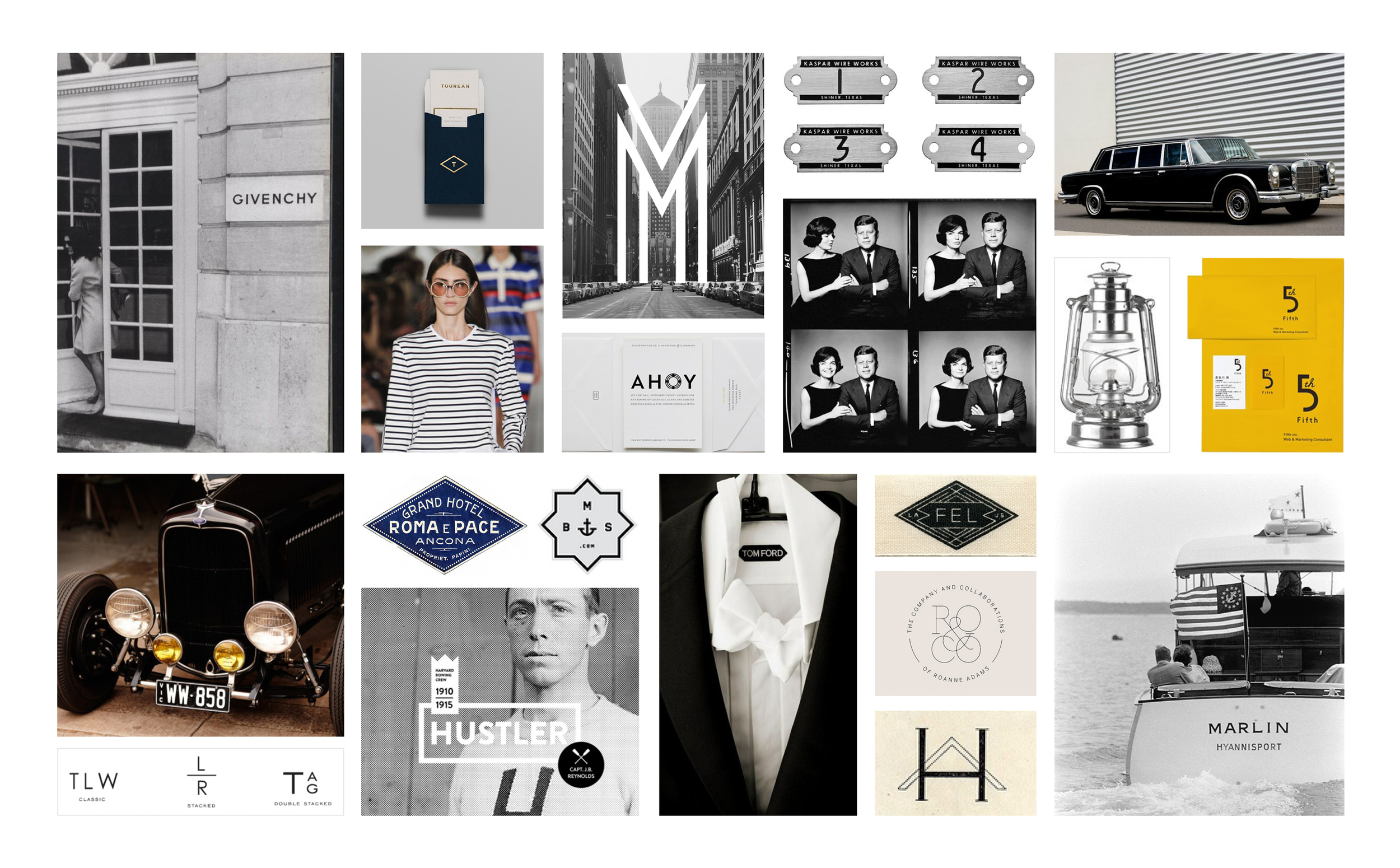[vimeo 20527888]
Friendly Typefaces
The Monocle Guide to Better Living.
Cleveland Clinic + Empathy
With my new position, I've recently deep dived into pharma. From new products and services to understanding the complexities of emotional and functional patient journeys - its a vast world of insights, terminologies, and seeing the world from other people's perspectives. Today I stumbled upon a great video (aesthetically, a little on the dry side) from from Tom Brown's blog: My friend Delos “Toby” Cosgrove is a fellow blogger for LinkedIn. He and his wonderful organization, the Cleveland Clinic, deserve a massive shout-out for their recent video entitled “Empathy.” I challenge you to watch it without a few tears forming.
Empathy is at the heart of design. Without the understanding of what others see, feel, and experience, design is a pointless task. When communicated as it is in this video, empathy can be truly inspirational. What the Cleveland Clinic movie reveals is the true scale and complexity of the challenge of understanding a complex social situation in order to design a system that supports many and various needs.
Think of this movie as a design brief. How would you design a hospital or health care system that helps and supports each of the people and their circumstances that you see here? How would you change the space, the roles that staff play, the type and manner in which patients receive information, the support systems around patients and staff?
How do you go about being inspired by empathy?
http://youtu.be/cDDWvj_q-o8
Gifs by Skip Dolphin Hursh
See more on his site.



6 startup 'types' that may inform how you pitch investors
Friday's Faves - Stationery!
Fried Egg Font
My Now What profile is up!
Bet you can guess where I got my picture, huh? See my profile, my team, and the company on Now What's site.

Designing for Women
http://youtu.be/eCyw3prIWhc During my senior year at Parsons, I attended a fantastic lecture on "Designing for the Female Consumer".
The speaker was a creative from Femme Den, a design lab part of Smart Design. She presented a few case studies, walking us through the design process and sharing insights their team had discovered through the years. The big reveal of the lecture was that people had strong misconceptions about designing for women. Product development, for many of her clients, was about taking a product and modifying it:
1. Shrink it.
2. Pink it.
3. Add glitter and/or flowers.
What the Femme Den team revealed was that by researching women, they discovered insights that translated to many users groups - not just the ladies. Products with improvements specifically for women worked equally well or better for children, elderly, and sometimes even men.
One case study was a car concept they had created that was highly praised by men. They too enjoyed the larger mirrors, extra adjustable seating, and designed functionalities for attending to children while driving. During testing, the men were all enthusiastic over the improvements.
Yet, the minute the client marketed the new concept as a "car designed for women" all user groups stepped back. Men were no longer interested (it wasn't for them!) and women felt ostracized for "needing" a car specially designed for them.
Most ironically, women really didn't like the "shrink and pink" mentality presented to them. They really didn't want their cars, cell phones, or cooking appliances smaller and pink. They wanted quality and smart design, features that improved their lives and didn't trivialize it.
All this leads to a great piece I stumbled upon last night. Ellen Degeneres did a hilarious monologue on the ridiculousness of the Bic "For Her" pens. Her point of view and humor presented so much of the Femme Den team's learnings.
Big and Clever
From Good Design Makes Me Happy
"Really nice little project for Gorilla designed by Joseph Burrin in collaboration with Smorgasboard. Although I'm not really sure what it is for, I love the type styling, using the layer of fills and shadows to create animated type!"
Wise Words
Design Thinking Joke
Question: How many designers will it take to screw in a light bulb?
Answer: Why a light bulb?
Fore more on the power of "Why" - read Fast Company's Design Thinking...What is that?
Monday's Favorite Business Cards
See more on my Pinterest board!




















